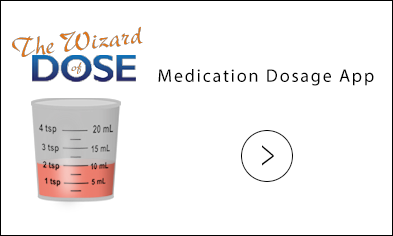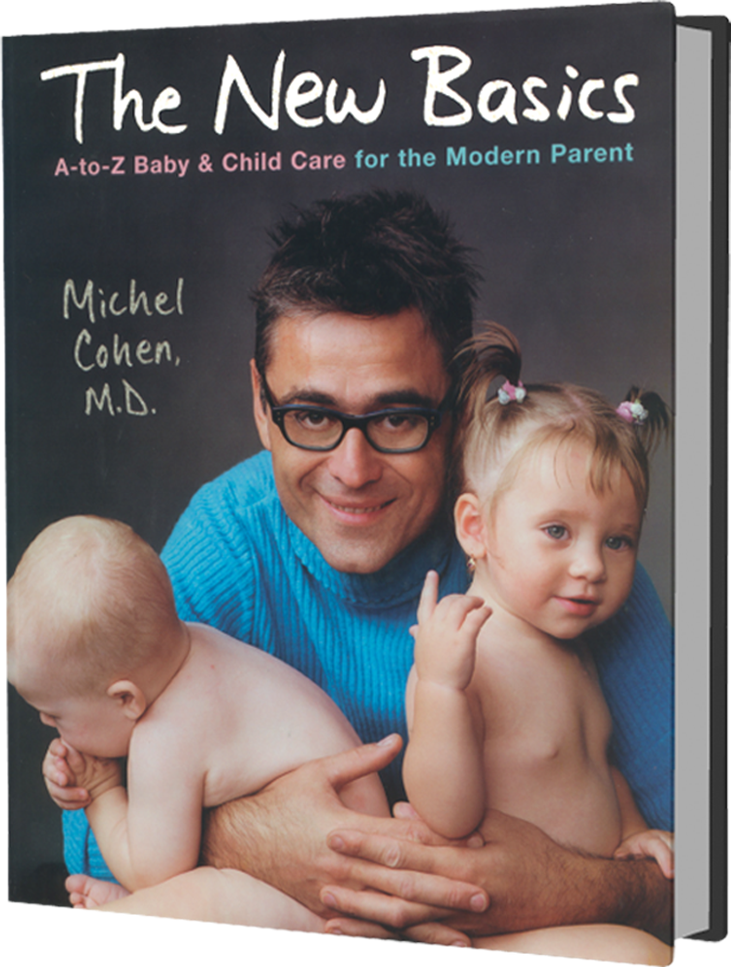
Food reactions
Food Allergies
Food allergies and sensitivities are significantly overdiagnosed. Most kids don’t have any of these and never will. I have attempted to group the different reactions to foods in an effort to clear away the myths.
First of all, let’s define our terms. True food allergy, or anaphylaxis, is not a simple matter of a child reporting itching or an upset stomach. In anaphylactic reaction to foods—the most common being to nuts and shellfish—Jimmy immediately turns red and suffers a swelling in the throat that can impede breathing. Fortunately, these true allergies are rare. They usually show up at the first introduction of the offending food, and they can be triggered by the smallest amounts. In fact, anaphylactic reactions can occur before a child has even eaten the food. For example, an adult who has eaten peanuts and still retains trace elements on his hand can induce anaphylaxis merely by touching a highly allergic baby’s mouth. While this first reaction is generally a mild redness on the face, each reintroduction of the allergen will produce a stronger reaction, eventually triggering respiratory involvement. Kids can be allergic to many different nutrients, such as milk, or to medications, such as antibiotics.
Anaphylactic reactions are predetermined in an individual and cannot be prevented. And just because one person in your family has a severe food allergy doesn’t mean that your baby will. Determining true food allergy is tricky. Blood tests are relatively unreliable. Before a dangerous food has been ingested, the baby’s blood has not yet produced any of the specific markers that indicate an allergy. In addition, these tests often misfire with false positives, leading you to label harmless foods as potential anaphylactic culprits. I’ve seen too many lab reports that claim high levels of allergy for a specific nutrient, despite the fact that the child has been happily eating the alleged allergen for years. These inaccurate tests can drive parents to limit their children’s diet too drastically. Skin tests are a little more accurate but impractical.
The best way to know if Lucy is allergic to a particular food, believe it or not, is to assume she is not. If she turns out to have an allergy, you’ll see an intense rash, possibly accompanied by difficulty breathing, very soon after the ingestion. Even with a pronounced food allergy, severe reactions rarely occur upon first ingestion, but they’re still unpleasant enough for you to recognize them and take the warning. The first time around, the rash will subside rapidly, and the breathing should be only slightly impaired, but if the reaction appears very intense—or if Lucy is struggling to breathe—rush her to the hospital. Conversely, if Lucy eats some peanut butter and sails on through, there is a near-certain chance that she is not allergic to peanuts.
If Lucy does have one of these rare severe reactions, you (and soon enough she) will become an expert at reading food labels in order to avoid the allergen even in trace amounts. You will also have to carry an epinephrine-filled syringe with you at all times. Anyone involved in her care should know how to handle and administer this medication; you can use an orange as a practice patient.
Food Sensitivity
A “food sensitivity” is a mild allergy caused by a certain type of food. Sensitivities are also quite rare, and the reactions they cause are all over the map: They are usually delayed, can occur once or many times, and may appear for the first time at widely different ages. Fortunately, they’re usually limited to hives and redness around the mouth. For example, Lucy might get a rash for a day or so the first time she eats a strawberry. The tricky thing about food sensitivities is that the offending foods are less obvious and therefore harder to identify than serious allergens. On the other hand, food sensitivities tend to diminish with time, unlike allergies and anaphylactic reactions, which tend to get worse. This category includes the mild rashes commonly seen with fruits (such as berries), chocolate, and eggs before three years of age. There is no test for food sensitivities; simply avoid the food that caused the reaction for a few months, then reintroduce it periodically until Lucy can tolerate it.
Food Intolerance
Food intolerance occurs when, owing to a digestive enzymatic disorder, Jimmy doesn’t digest certain foods properly. Allergy is not the culprit. For example, lactose-intolerant kids don’t have the enzyme necessary to digest a milk protein properly [See: Milk, Cow’s]. Wheat intolerance is another example [See: Wheat]. The symptoms associated with food intolerance vary widely in severity. Some children show no symptoms at all, while others suffer from chronic diarrhea, bloating, and belly cramps. The diagnosis is usually cumbersome, and the only treatment is to avoid the offending substance, which can also be quite cumbersome.




 MEDICATION DOSAGE
MEDICATION DOSAGE

